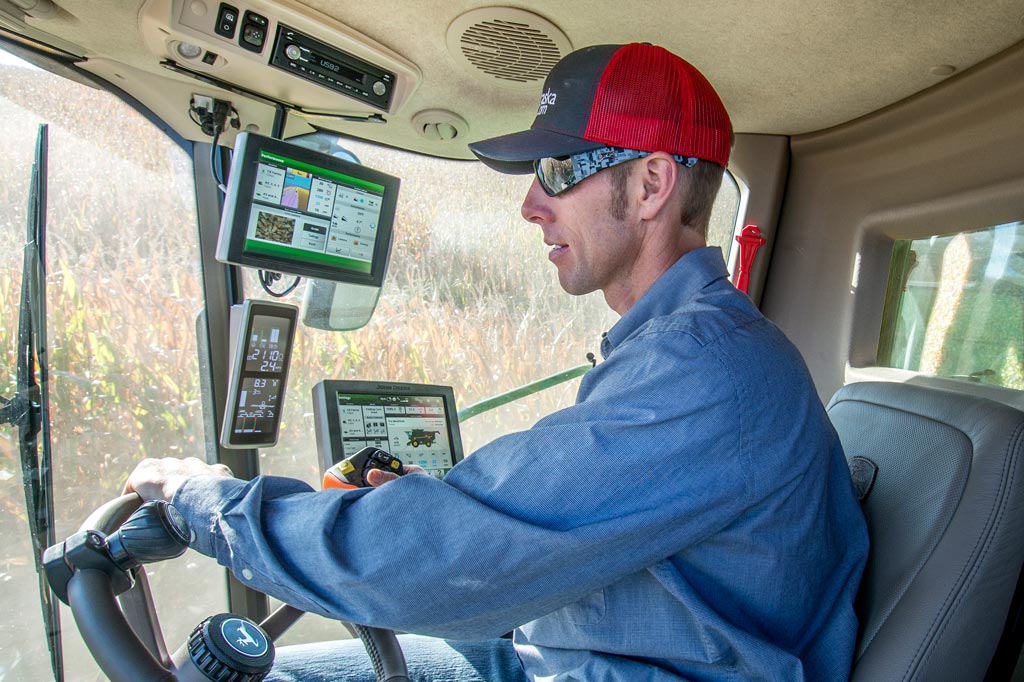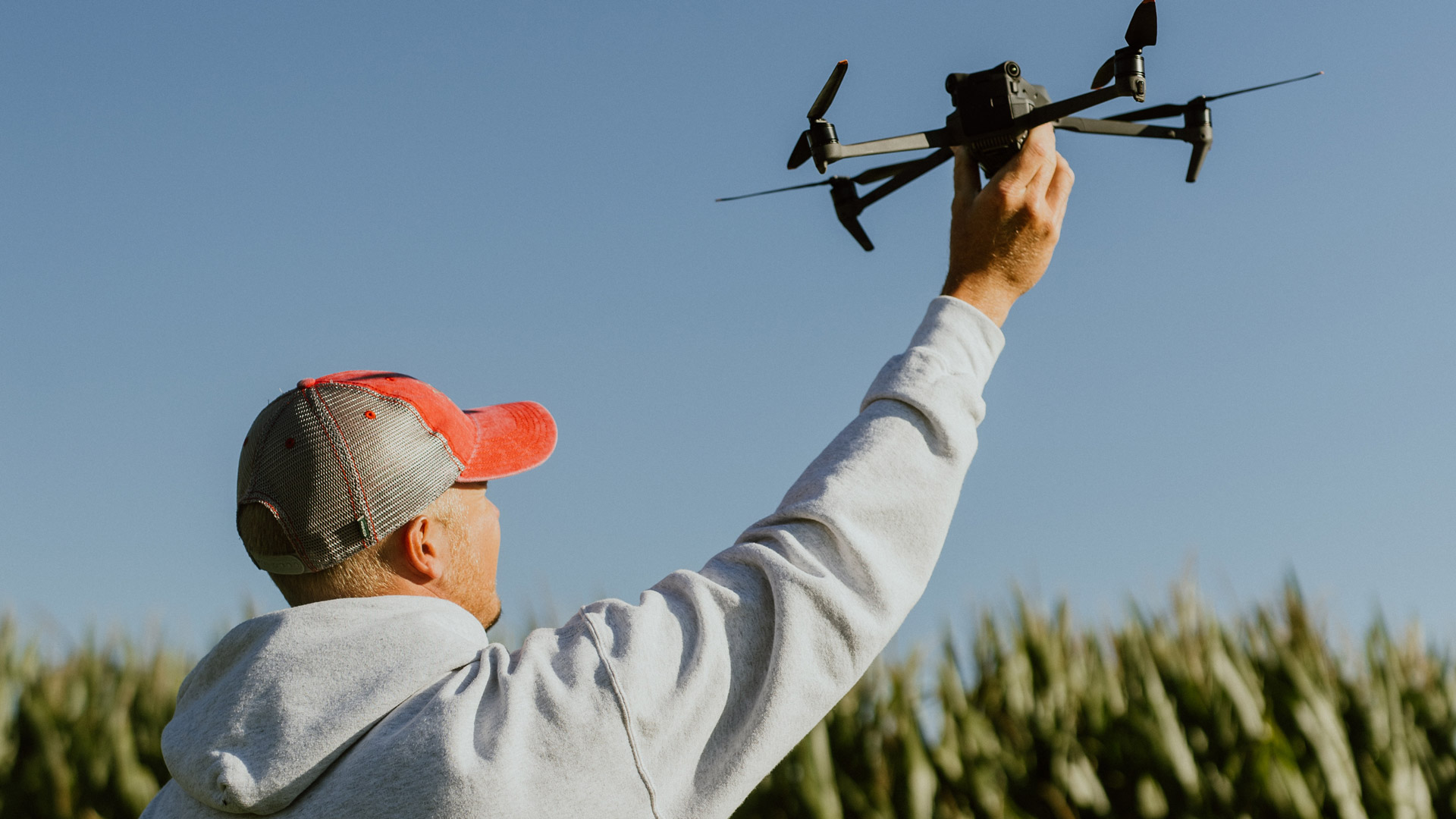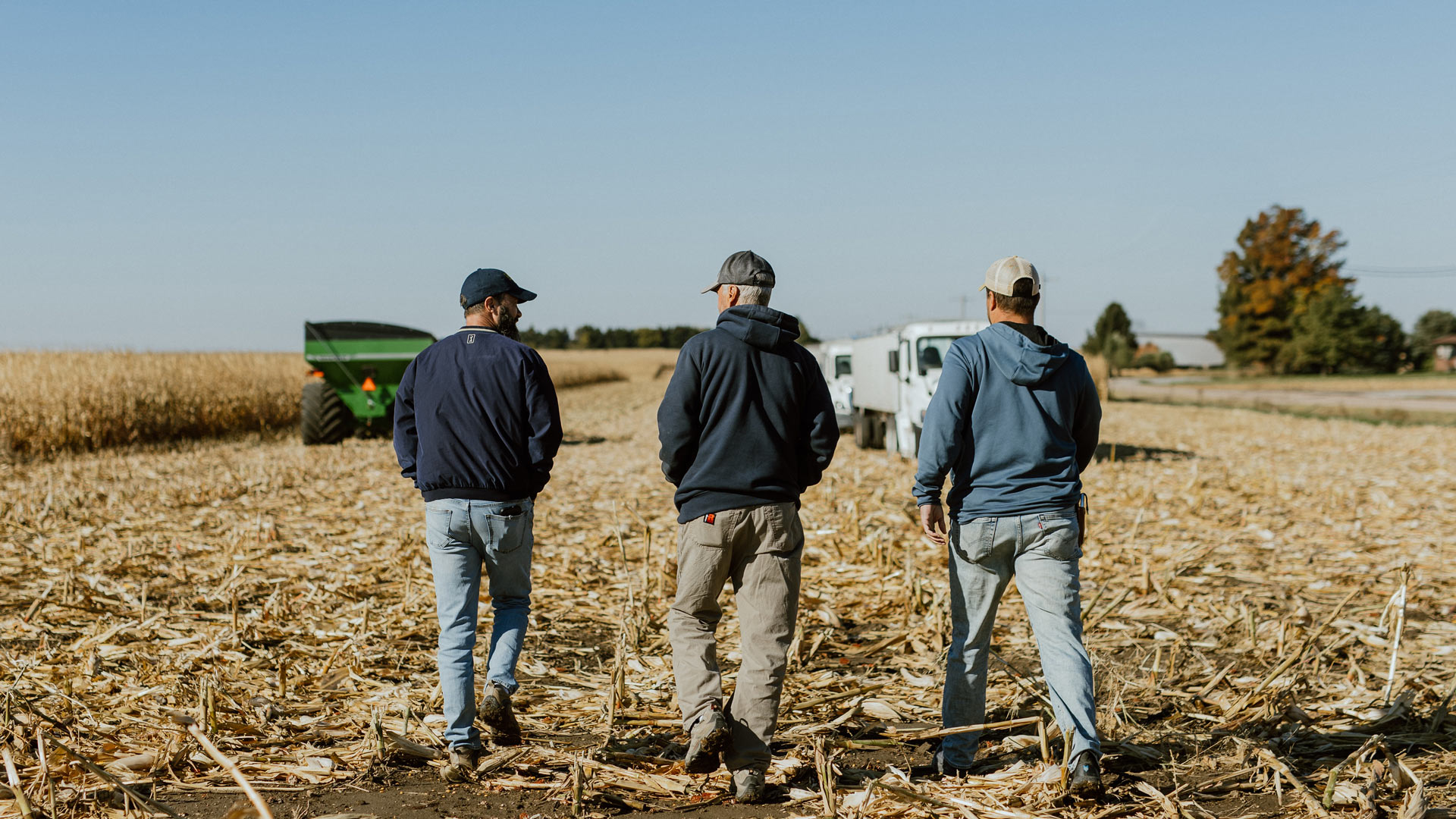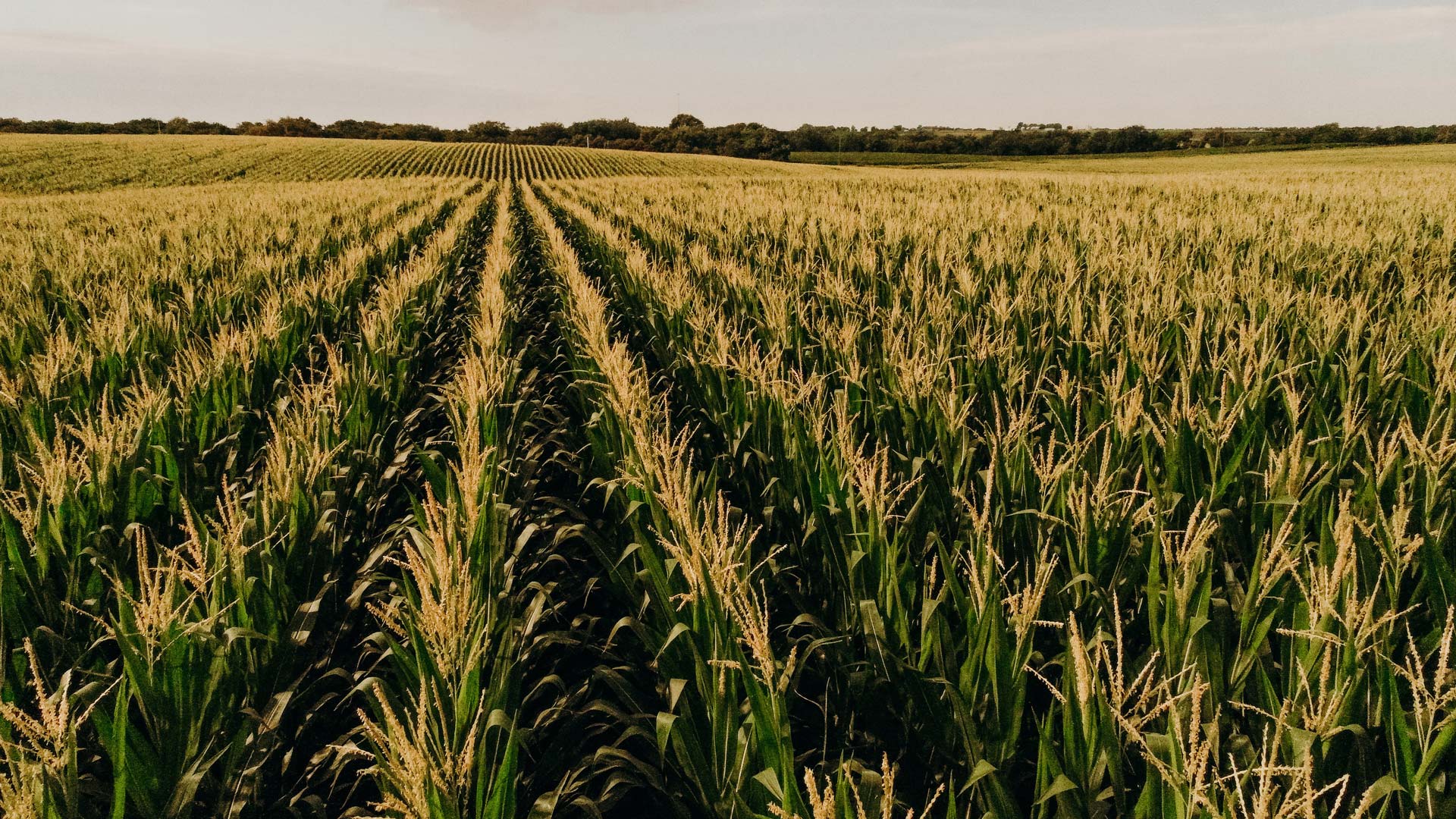For the vast majority of people, agriculture uses technology like tractors or combines. But did you know that today’s farmers use cutting-edge technology like lasers, robotics and intelligent software? With access to these tools, farmers collect data to improve productivity and efficiency in all sorts of ways while using fewer resources. Even tractors are packed with new features that make farming a more streamlined process.
When the agriculture industry implements these tools, it’s known as smart farming. Also called precision agriculture or site-specific management, smart farming makes the most of technology to increase efficiency and productivity. Let’s take a deeper dive into just what smart farming is, and how corn farmers in states like Nebraska use it.
What Is Smart Farming?
Farmers who use smart farming collect detailed data about their crops and land, which they use to make more informed decisions for just about every part of the process of their business, including planting, watering and fertilizing. This helps to optimize yields and reduce costs, helping more farmers and consumers find greater success. There are many different smart farming technologies available, but they all work toward a few core goals:
Precise and diverse collection of data: Soil composition, water retention, light absorption, humidity levels and even air quality are just a few of the types of information beneficial to farmers. With drones, sensors and other electronics, farmers gather as much data as possible for planning.
Easy management of data: All this data can be overwhelming to work through, which is why smart farming also uses specialized software capable of translating it into useful and easily understandable information.
Interconnected tools: When different elements of smart farming communicate with one another and use the available data, the results are more precise and provide more direct benefits. For example, GPS mapping information can be implemented into tractors, including those with autonomous driving capabilities, to free up a farmer’s time for other, equally important jobs.
Flexible and resilient farms: Field conditions are often out of a farmer’s control, and smart farming technologies help them adapt in the face of drought, severe storms and other hazards.
Do Corn Farmers Use Smart Farming?

Yes! As a vital crop for food, animal feed and dozens of other applications, corn is one of the best options for implementing smart farming. Large quantities of data can be collected and stored on both personal computers as well as equipment placed directly in tractors and combines. Here are a few ways corn farmers use smart farming techniques:
- GPS mapping: GPS mapping allows corn farmers to create detailed maps of their fields, which they can then use to plan their planting and irrigation patterns. This can be done with drones that cover large acreage farms much faster. It can track topography, plant height, canopy cover and other types of information which benefits farmers looking to track their yield before harvest.
- Yield monitors: Yield monitors help farmers track how much corn they are harvesting, using the data to create maps illustrating what parts of the field produce the most yields. If a farmer discovers acres that are consistently underperforming, they can try and identify the source of the problem, such as poor nutrient composition.
- Soil sensors: Soil sensors help farmers monitor soil moisture levels, which is important for irrigation planning. Corn farmers in Nebraska, particularly in the central and western portion of the state, utilize irrigation to supplement natural rainfall. With technology like multispectral imaging, these sensors also detect nutrient levels, photosynthesis and even the presence of pest insects. Farmers can then react and provide the best care for their plants.
- Weather tracking systems: Weather tracking systems help farmers predict weather patterns and forecast conditions that could impact crop growth. If a major storm is brewing, there’s more time to make preparations that could reduce potential damage.
- Grain bin monitoring systems: This equipment detects changes in moisture levels or temperature after the corn has been stored and can even start/stop the drying fan automatically, helping farmers save time and money.
Smart Farming Ensures a Successful Future
These technologies represent a significant investment, but these investments pay off by helping corn farmers save large quantities of time and resources while still improving productivity. As the technology evolves and becomes more widespread, the future of agriculture looks bright.




